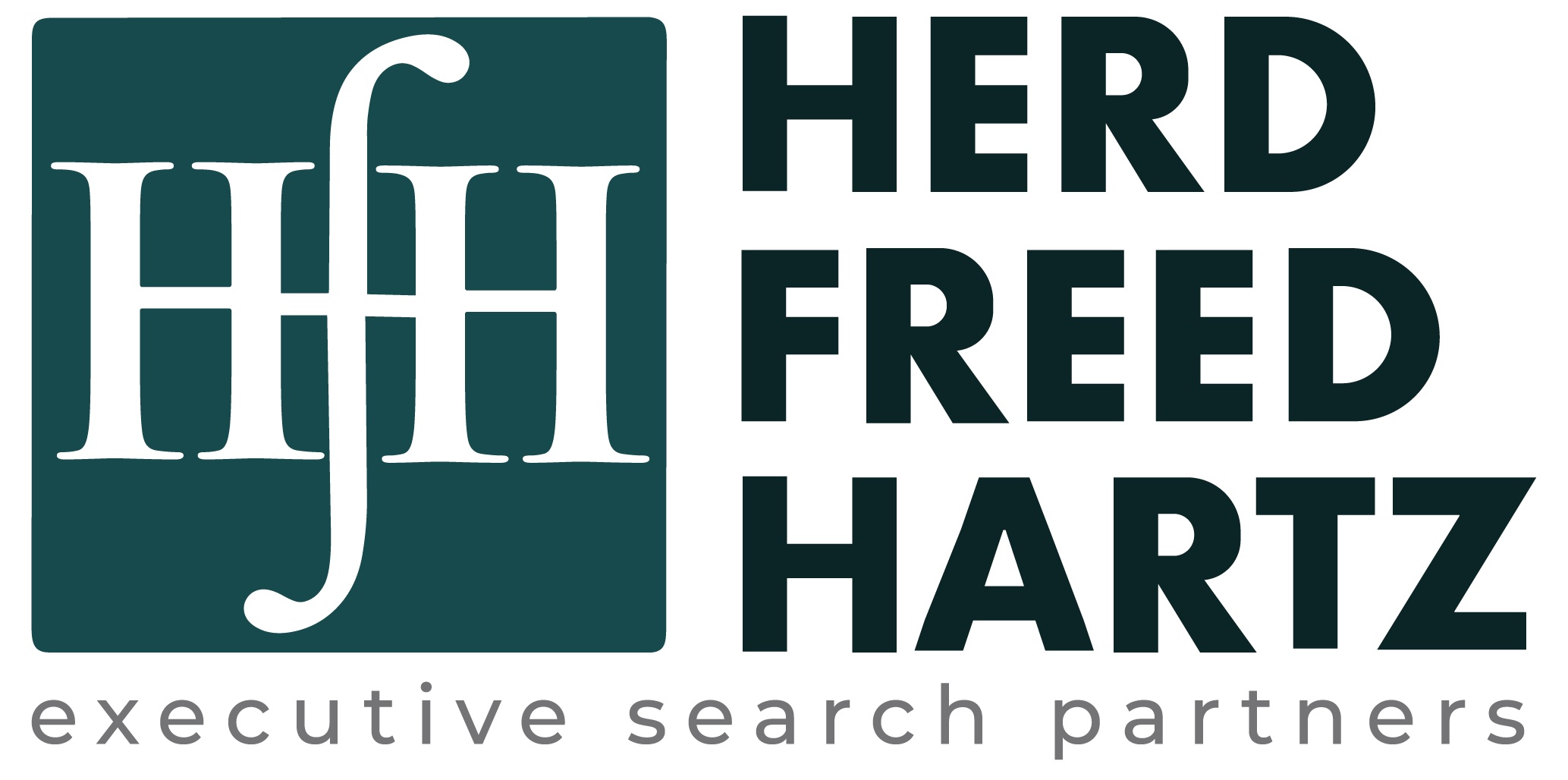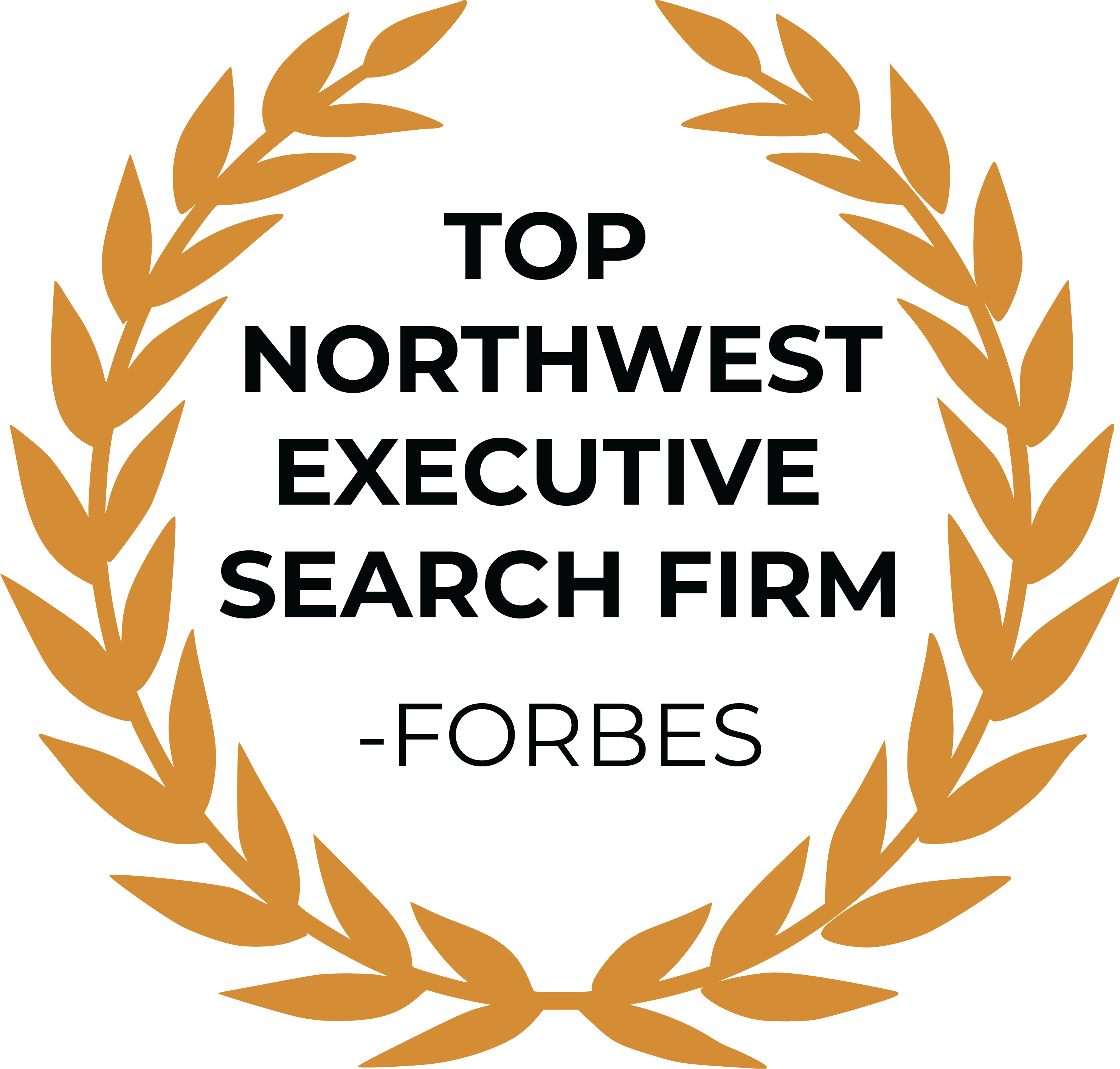LinkedIn Hacks to Help Your Research

You’re looking for a new job. You’ve unpacked your career and made some progress researching target companies. Once you determine where you might like to work, connecting with someone on the inside can give you a huge advantage.
How do you figure out who works where you want to work?
At this point, you can assume that most professional people are on LinkedIn, it’s just a matter of knowing how to find them. Try these LinkedIn hacks to get an inside track.
Hack #1: Use LinkedIn Advanced Search
1) Find the search bar. Set it to search for “People.”
2) Click on the “Advanced” tab on the right side. This will open up several new search boxes that will focus the results you want. We’re going to focus on the fields in the left column.
3) Company field: Enter the name of your target company.
4) Select “Current” from the dropdown menu that appears below the Company field. People who used to work there might not be as helpful.
5) Location field: Choose “Located in or near” and enter the zip code of the company’s location. Limit your search to within 50 miles so that you only see local employees. Larger companies have people nationwide, or even around the world, too distant for you to make a meaningful connection.
6) Keywords field: Enter a job title term that relates to the type of work you’re looking for, such as marketing, accounting, or engineering (LinkedIn is not case sensitive). If it’s a smaller company—under 100 people—you might want just want to click “Search” and browse through everyone.
Use typical search conventions to hone your results. Quotation marks allow you to search for multiple words together (such as: “engineering manager” or “financial audit”). The word OR allows you to look for two different options (such as: “engineering OR development”).
- Click the magic button and peruse your potential contacts.
Hack #2: Use Google to scrape LinkedIn
Google indexes all of LinkedIn. This means you can find everyone on the site, whether you are connected to them or not. This method can be helpful especially if you find LinkedIn results limited due to lack of connections. Results on Google will not be as specific, but it should still turn up many helpful leads for you.
For this example, let’s say I’m interested in seeing who works in marketing at Expedia HQ in the Seattle area:
1) In the Google search bar, type intitle:linkedin (no spaces). This limits results to pages with “linkedin” in the title, pages from LinkedIn.
2) Add the company name, in this case Expedia.
3) Add a location. Type Seattle. Whether or not people work in the city proper, LinkedIn encompasses the region under “Greater Seattle” for simplicity, so anyone nearby will have this in their profile.
4) Add a job keyword. For example, type marketing to try and find people in the marketing department.
5) Focus search results on people, not other pages. In other words, you don’t want to see a list of job openings or random articles, you just want LinkedIn people profiles. Type profile NOT qualification as the last term. All LinkedIn profile pages will include the word “profile,” and all job openings will have a section listing qualifications (which is not a term people typically put on their own profiles). Using the word NOT tells Google you don’t want any result that has the word “qualification” in it.
Hack #2 is a little extra work, but taking the time to create a good search query should yield some interesting target people.
Then what?
Once you find some contacts, what do you do with them? It depends on why you wanted to look them up in the first place.
If you’re trying to set up an information interview to learn about the company, send a direct message through LinkedIn or use other job search hacks to figure out the company’s email addresses (more on that in a future post).
If you’re applying for a job, connecting directly with a hiring manager or people on the team can be a great way to get past the black hole of recruiting and human resources, since both teams are likely overwhelmed by resumes.
Or maybe you’re just curious to see who is on the team you might be interviewing with to discover any potential connections or insight. You can learn a lot by reading their profiles—what they do, how they describe the organization and their role, and career progression. Once you find someone on a target team, LinkedIn will often recommend similar profiles of other people on that same team, which helps you map out the organization.
Bonus download: Top 8 LinkedIn Tips PDF to help you upgrade your profile.
Happy hacking!
For more helpful job search tips: Ultimate Job Search Guide: Recruiter Insider Tips

